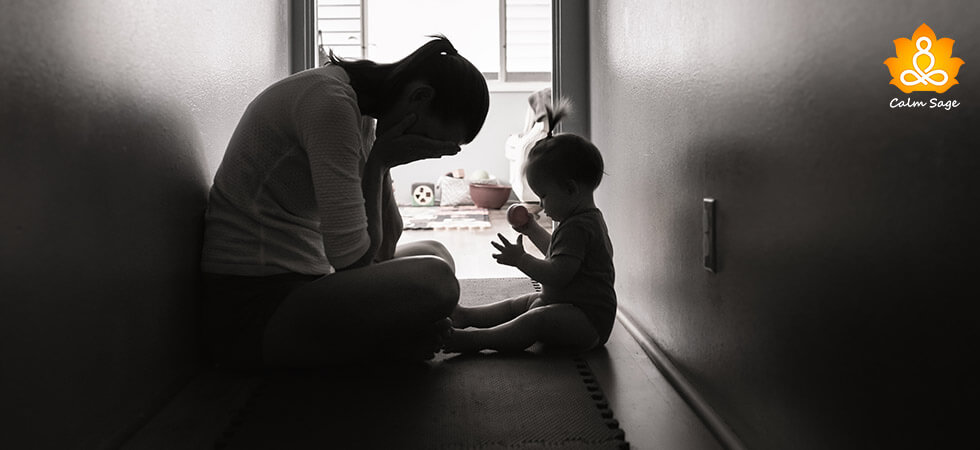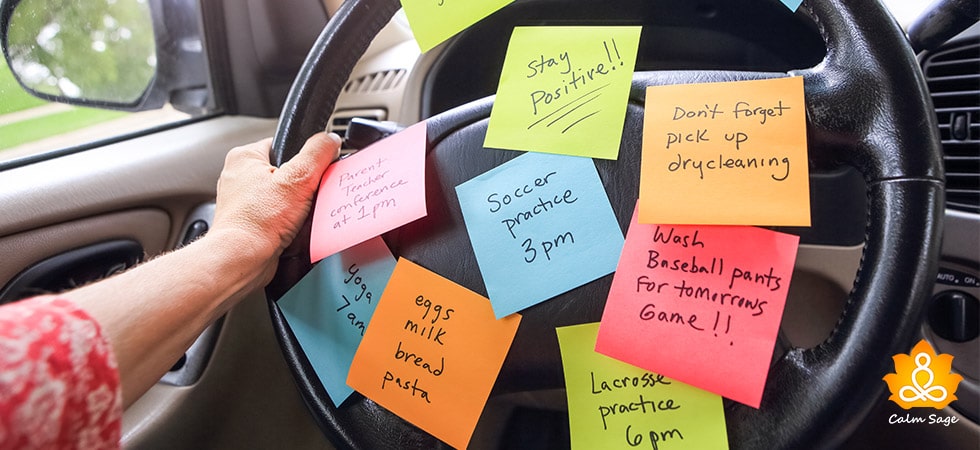“Time Outs Not Working For My Child” Try These Positive Alternatives

It has been a week now that my niece’s response to time-outs is moving into the ineffective zone! So I went on researching to learn more about timeouts, their failure, and other healthy alternatives.
To my utter surprise, we were disciplining here wrong all this time via timeouts! In fact, timeouts are not even effective and the positive alternatives (that really work) are the right way to inculcate discipline in a child.
I know by now you must be having many questions and concerns popping in your head! Because more than half of you might be relying on timeouts for disciplining your child and aren’t working anymore.
Before we begin to find our answers I will take a moment to quote Larry Koeing, Ph.D., author of Smart Discipline: Fast, Lasting Solutions for Your Peace of Mind and Your Child’s Self-Esteem,
“For some children, time-outs are a joke.” Wondering why? She explains further, They either won’t stay put, or they get into a power struggle with their parents, or they couldn’t care less about having to sit in a chair for ten minutes. In cases like that, the time-out doesn’t modify misbehavior one bit.”
If all of this sounds similar to you, continue reading and we have got solutions for you!
What is Time-Out?
Time-outs were introduced nearly half a decade back as a replacement for corporal punishment. Here the child is removed from the setting where misbehavior has taken place with an aim to reduce its occurrences. It immediately stops the behavior and that is why it is preferred by most of the parents.
Conclusion: Of Course time out is a healthier approach than spanking but does it make the best approach to help your child learn discipline? That is questionable considering the loopholes it has. This brings us to our next section: Why Time-outs are Not Successful!
Why Do Time-Outs Fail?
Read Koeing’s statement again! For some children, time-outs are a joke! This is self-explanatory and the reason number 1 as to why the effect of timeouts has faded over years.
1. The Wrong Message
To begin with, I have never rooted for the message that is delivered to a child through timeouts. Because it is not what discipline is all about! Through time-outs, you tell your child that you are practicing control over them. BEEP BEEP! WRONG MESSAGE (clearly). On the contrary, you should be aiding your child in his development by using tactics that promote and aid in building self-control.
2. The Weak Bond
Getting more research-oriented here, it has been suggested by a couple of researchers that timeouts can weaken your bond with your child. Let us understand this way. When your child breaks any family rule, throws tantrums, or shows a lack of discipline they too experience distress.
That is the time when they need you, want to be soothed by you, or at least get a message that you care for them. Setting them for isolation during this distressing time doesn’t show either of the above-mentioned vital inputs from you as a parent.
Rather it gives the message of “suffer alone” weakening your bond with them.
3. The Harsh Thoughts
If only we could know what the child is thinking in those 5 minutes of his time-outs, the picture would have been a bit different. What I am trying to say here is that those five minutes of loneliness can result in any form of thought in the child.
Example:
Thoughts A: I did it wrong! I shouldn’t be doing it again.
Thoughts B: My mom and dad are so unfair to me. They just simply don’t like me.
Believe me or not but the chances of the first one happening are pretty low! So harsh thoughts about self and those around (especially parents) are more likely to develop, tempering their relationships.
4. The Unhelpful Motive
While your motive behind giving your child a time-out could be very subtle and straightforward- Not repeating the same misbehavior again. But is this motive delivered to the child and especially to his brain? If you look at research findings, the answer is not what you would want!
By isolating your child, you trigger their brain relational pain areas, which look very similar to the physical pain (in terms of brain activity). So the motive that reaches your child is not helpful and that of concern but of rejection or abandonment (yikes!).
5. The Faulty Method
Ideally, the discipline should be done such that the consequence is related to the misbehavior (just like negative reinforcement). But when it comes to time-outs there is no relation between the consequences and the misbehavior. There is no justification or accountability between the two!
Example: A child hits a sibling.
Solution A: You don’t get to go outside and play today.
Solution B: Go stand facing the wall for five minutes.
Which one do you think will reduce the recurrence of the hitting behavior. So basically the process is faulty and unhelpful in itself.
Conclusion: Time-outs are temporary solutions that without our knowledge leave the door open for long-term problems. That is why with changing times, it is best advised to change this method of discipline to healthier alternatives. Trust me there are quite a few to choose from and some of them will just amaze you!

What are the Positive Time-Outs Alternatives
Alright so timeouts aren’t healthy and they have a lot of issues accompanying them which you might have not even thought of. And now the question remains what to replace the time-outs with? Are there any healthy alternatives?
How do you put the positive timeouts alternatives to play?
Hold, hold! Take a deep breath and find your answers…
Positive Time-outs Alternatives
A. Hug them to de-escalate:
Before they reach the peak of their meltdown I would suggest you melt them down in your warmth. Just give them a big hug. It makes them feel safe with you.
And as McCrohan says,
“But connecting before correcting is important. When a child is misbehaving, we first want to restore the connection. Offering a hug is one way to join with your child, give them that deep but gentle pressure they need around their bodies, and connect with each other before addressing the behavior.”
So keep this wise man’s words in mind and hug your child before taking any further steps.
B. Offer choices:
Sometimes when your child is involved in completely unacceptable behaviors you can present them healthy alternatives to choose from. This way they will be redirected to new actions. It will be best if you keep your choices limited and safe.
This way they will learn about boundaries as well.
Example: The child throws away his toys. You give him two choices,
Choice A: If you want Mumma to read your bedtime story, pick up all the toys.
Choice B: If you want to eat your favorite candy you must pick up all the toys and put them in their place.
So basically you are rewarding them and still moderating their behavior.
Also Read: How To Set Healthy Boundaries For Yourself and Keep Your Energy Intact
C. Create chill-out space:
If you have already been practicing timeouts with your child then you might have a designated corner or wall in the house for the same. Let us call it the fear space. Well, how about ditching this fear space and creating a chill-out space where you calm your child down after a tantrum or a meltdown.
Here you can just sit with your child or talk about the things that might be bothering him. Make sure you don’t command the child to be in the chill-out space as by doing so you lose its essence.
Also Read: 10 Most Effective Manifestation Techniques For You To Attract Positivity
D. Bye-bye privilege:
I think it is helpful advice to follow when the child denies respecting or abiding by the basic family rules. By doing so you do teach them self-control without abandoning them or their feelings. Here is how it works…
Example: Your child refuses to leave the video game despite you giving them extra playtime.
You simply take the game away till the time they don’t finish the homework.
Simple. Subtle. Effective.
E. 1-2-3 count:
I came across this concept of a warning system that can also help you as an alternative to time-outs. Here instead of reacting immediately to your child’s behavior, you warn them a couple of times (preferably 3 times).
After which if they still show the same behavior you shall then enforce a consequence. It is like a football game and the cards! 3 yellow cards and then the final red card!
Example: The child paints on the wall you tell him “No painting on the walls honey! That is one!”
He doodles again and you say That’s two! Again and then it is “Three.”
After this, you can choose any of the alternatives to the timeout that we have discussed and apply them. This will reduce the occurrence of that particular behavior.
F. The Time-In Tactic:
This one here is my favorite one! It asks you to do the exact opposite of what time-out asks you to. Here instead of pushing your child away from you, you pull them closer to yourself.
It is like taking a break together listening to why they are behaving in a certain manner and understanding how you can help them through it. It strengthens your parent-child bond and makes them emotionally strong.
Please make a note that before you put the time-in tactic to play you should be all calm and composed. For that to happen we are sharing a special section with you. We hope it will help you!
Special Guide: Other Tips For You to Abide By
We understand that when a child shows unhelpful or unusual behavior it puts you back. But sometimes instead of working on them, you can also choose to work on yourself to process the event and help them in the best possible way. That is why we are sharing this guide with you that will help you further.
A. Keep you cool: Stop being a volcano 24/7, we know parenting is not easy but then you have to keep yourself cool, calm, and composed. Before you make any decision, keep your brain calm. The best tactic to use is to take three deep breaths and then go handle the situation.
B. Be there: Listen to your child sometimes all they want is ears to hear and heart to understand. It helps them slide through this point of meltdown. Talk to them about how they feel, what they are struggling with, and help them work through it.
C. Delay your reaction: You don’t have to respond to each and every situation. Sometimes you have to let them be on their own, explore what they are feeling, and find their calm. Give them this time to analyze their behavior and the cause behind the same.
D. Focus on their good: When the situations start slipping, the negative-thinking mindset starts making its place in our heads. Which in turn might force you to think of your child as a troublemaker, discipline breaker, and more such connotations. This blurs the positive side that he holds in your life, creating more mess
. That is why it is advised that you should focus on their good and even use positive phrases to encourage them.
Special Section: Time-outs Alternative For Kids Under 3
Kids who are under 3 might need special tips to tame the tantrums of your child and make them learn discipline. For them understanding what timeout is and what message it has to give to them can be a little tricky.
Therefore, instead of making them stand against the wall here are some strategies for you to follow:
- Remove the object.
- Remove the child from the environment.
- Redirect the child’s attention.
- Redirect the child’s activity.
Author’s Note:
To sum it all up I will just say that time-out used to be an effective technique but our misuse and overuse have decreased their effectiveness. Nonetheless, with changing times, changing parenting styles, we have doors of trying new things open to ourselves.
Remember your goal should not be punishing or controlling your child. You should rather focus on helping them gain self-control for a better life!
I hope this blog will help you as a parent! Good Luck!
Do share your thoughts on “Time-outs” with us in the comments section below.
Thank you for reading!
Also Read:




















